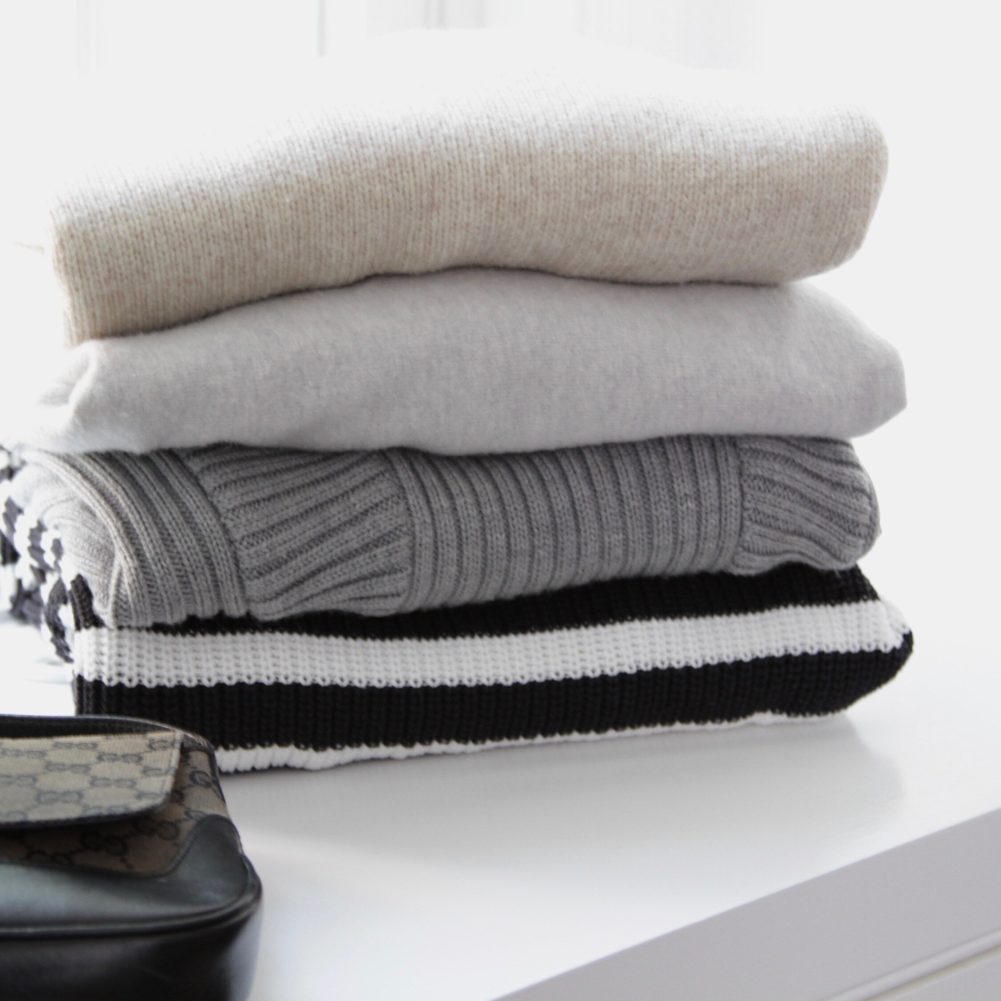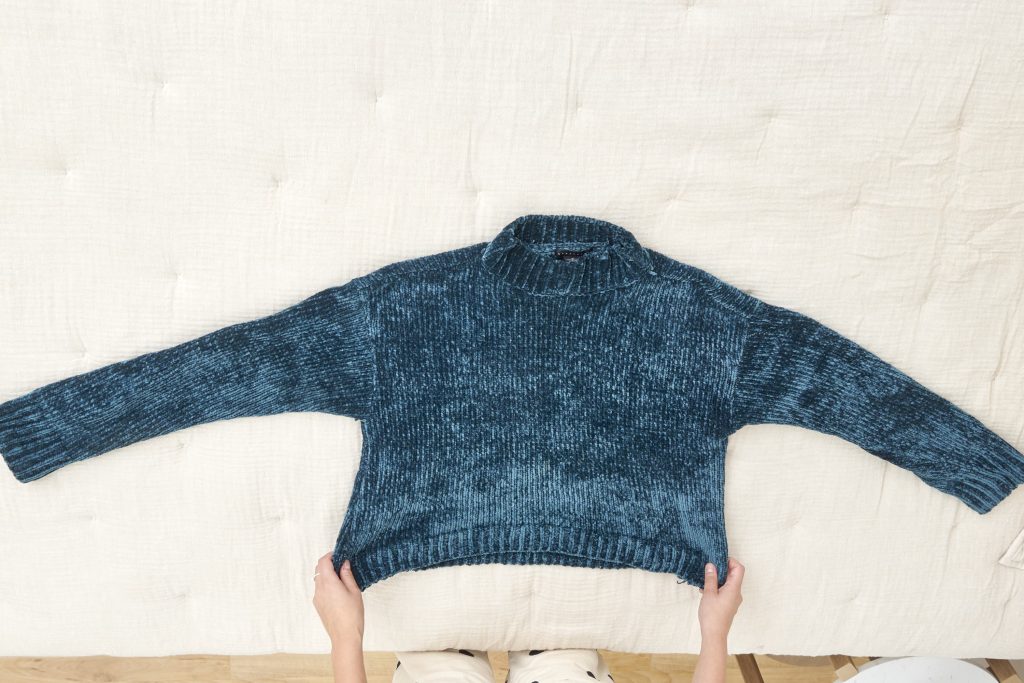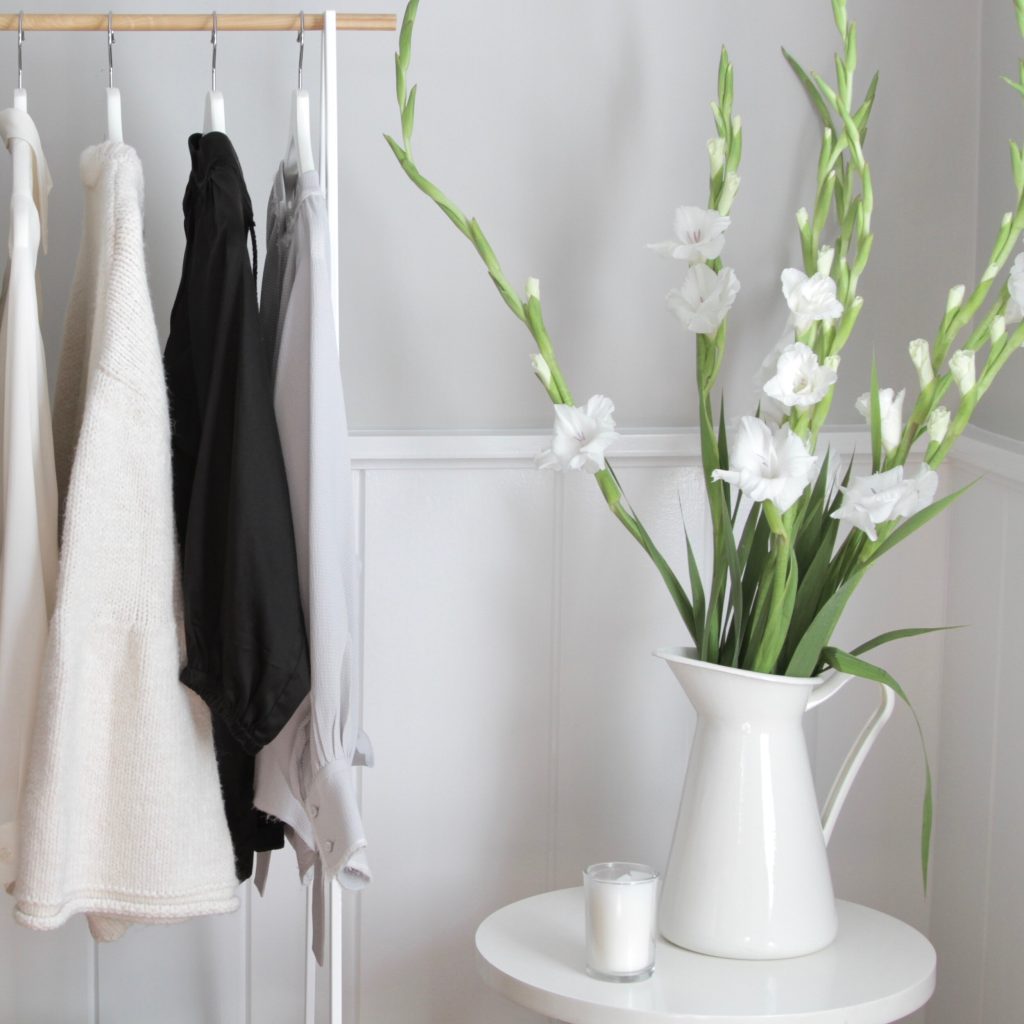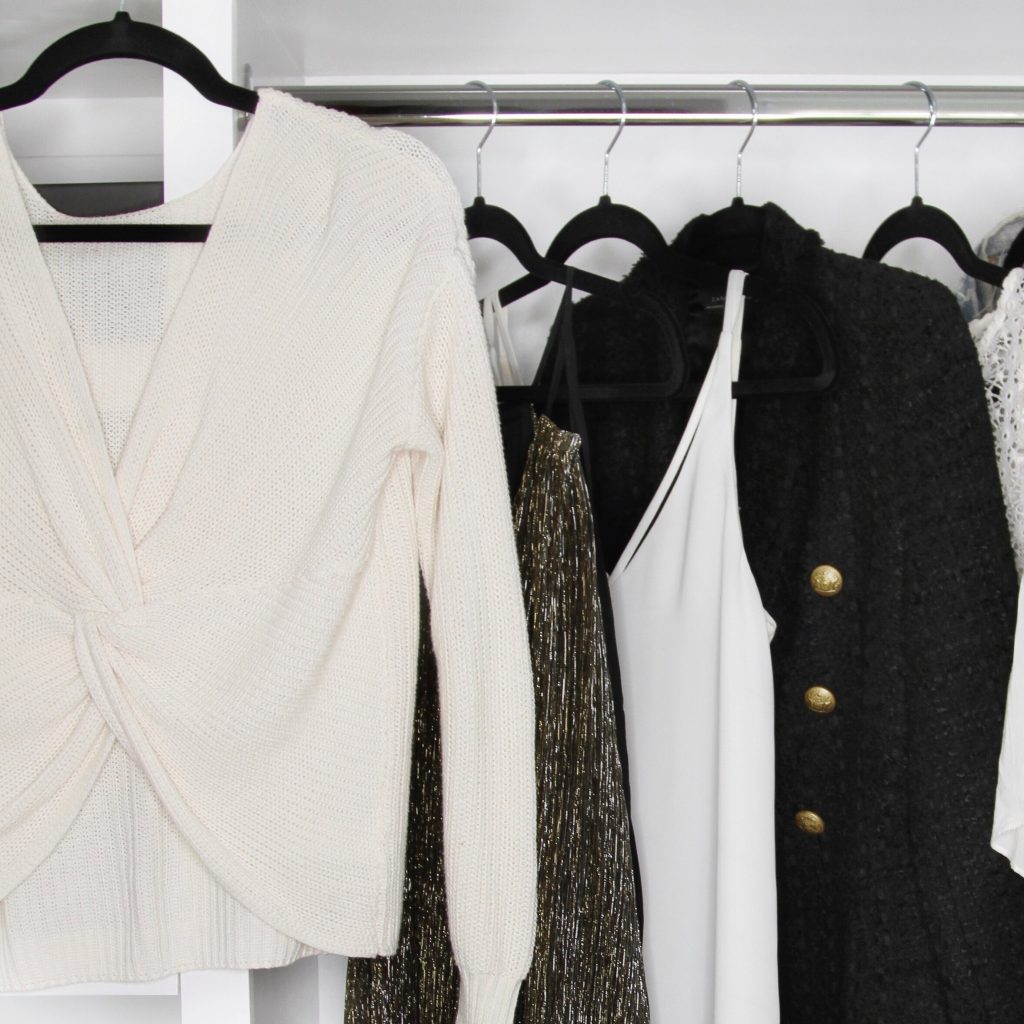Introduction
When it comes to maintaining the longevity and pristine condition of your beloved sweaters, the question of whether to fold or hang them becomes a critical point of consideration. With each method having its own set of advantages and drawbacks, determining the right approach can feel like navigating a delicate balance between preserving the integrity of the fabric and maximizing closet space. In this detailed exploration, we delve into the nuances of folding versus hanging sweaters, offering insights that will help you make an informed decision based on the type, material, and frequency of use of your knitwear.
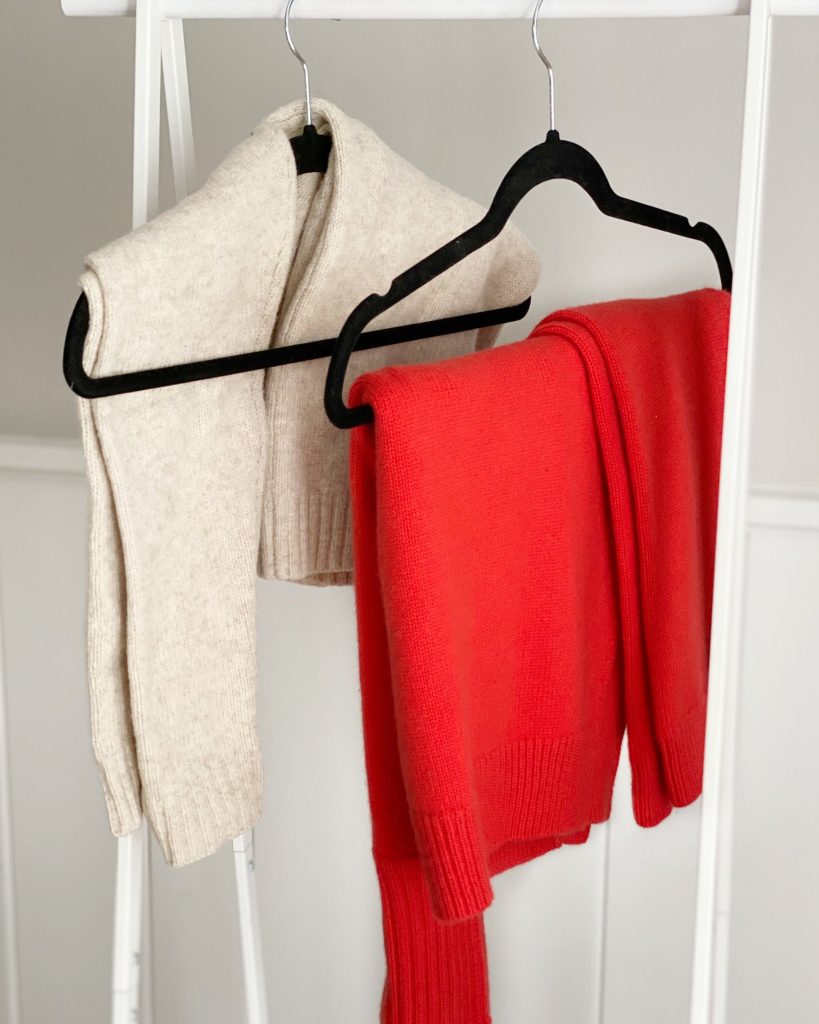
Understanding the Fabric
The first step in deciding how to store your sweaters is understanding the nature of the fabric. Natural fibers like wool, cashmere, and cotton tend to stretch out when hung for extended periods due to the weight of the garment pulling on the shoulders. Hanging these types of sweaters can lead to misshapen silhouettes and even damage to the fabric over time. Delicate knits and those with intricate patterns are particularly susceptible to distortion.
The Case for Folding
For most sweaters, folding is generally recommended to maintain their shape and prevent stretching. Here’s why:
- Preserves Shape: By folding, you evenly distribute the sweater’s weight, minimizing stress on any single area and helping it retain its original form.
- Prevents Sagging Shoulders: Hanging can cause the shoulder seams to stretch and lose their structure, especially in heavier or looser-knit sweaters.
- Saves Space Efficiently: Folded sweaters can be neatly stacked in drawers or on shelves, optimizing closet organization without requiring as much vertical space as hanging.
To fold effectively, follow these steps:
- Lay the sweater flat on a clean surface.
- Smooth out any wrinkles.
- Fold one side of the sweater over the other, aligning the sleeves.
- Fold the sleeves back, tucking them in if necessary.
- Fold the bottom third up, then fold the top down, creating a compact square or rectangle.
Exceptions: When to Hang
While folding is the general rule, there are instances where hanging might be preferred:
- Heavyweight Knits: Thick, chunky knits that don’t easily lose their shape can withstand hanging, especially if you use wide, padded hangers to distribute weight evenly.
- Cardigans: Open-front sweaters, especially those made from sturdier materials, can benefit from being hung to avoid creasing at the front edges.
- Space Constraints: If drawer or shelf space is limited, hanging lighter sweaters using soft hangers can be a practical solution, provided you’re mindful of potential stretching.
Choosing the Right Hanger
If you decide to hang your sweaters, selecting the right hanger is crucial. Avoid wire hangers which can leave dents and marks. Instead, opt for wide, velvet-coated or wooden hangers that provide ample support without causing indentations.
Additional Tips for Sweater Care
- Rotation: Regularly rotate the sweaters you wear to ensure even wear and to give them time to rest and regain their shape between wears.
- Proper Cleaning: Always follow care label instructions for washing. Hand washing or using a gentle cycle with cold water and a mild detergent is ideal for most knits.
- Storage Bags: For seasonal storage, consider using breathable storage bags to protect against dust and pests while allowing air circulation.
Environmental Factors to Consider
Storage location and environmental conditions also play a significant role in the longevity of your sweaters. Here are a few key points to remember:
- Moisture Control: Humidity can be detrimental to natural fibers, potentially leading to mold or mildew growth. Ensure your storage area is well-ventilated and relatively dry to prevent these issues.
- Temperature Stability: Extreme temperatures, whether too hot or too cold, can affect the texture and color of your sweaters. Aim for a consistent, moderate temperature to preserve the integrity of the fibers.
- Light Exposure: Direct sunlight can cause fading and weaken the fibers over time. Store sweaters in a dark or dimly lit area to minimize light exposure.
Seasonal Considerations
As seasons change, so do your wardrobe needs. When transitioning your sweaters from regular use to storage or vice versa, take some extra precautions:
- Cleaning Before Storing: Always clean your sweaters before storing them for an extended period. Dirt and oils can attract pests and cause stains over time.
- Using Natural Repellents: To deter moths and other insects naturally, consider using lavender sachets, cedar blocks, or dried rosemary in your storage containers. Avoid mothballs as they can have strong odors and potential health risks.
- Quick Access for Seasonal Transition: Arrange your storage in a way that allows easy access to items you’ll need again soon. This could mean keeping transitional pieces like lightweight knits within reach during spring and fall.
Innovative Storage Solutions
If traditional folding and hanging methods don’t quite fit your space or lifestyle, consider these innovative alternatives:
- Vertical Stacking: Use shelf dividers or specially designed sweater stacks to organize folded sweaters vertically, making it easier to see and access each piece without disturbing others.
- Multi-Purpose Furniture: Invest in furniture that doubles as storage, such as ottomans with removable lids or beds with built-in drawers, to maximize space efficiency.
- Utilize Door Space: Over-the-door organizers with fabric pockets can be a great way to store folded sweaters, especially in small spaces where every inch counts.
Incorporating Organizational Aids
Using additional organizational tools can further enhance your sweater storage strategy:
- Drawer Dividers: In drawers, use dividers to separate different types of sweaters or to keep stacks neat and prevent them from toppling over.
- Shelf Risers: On shelves, consider using risers to create multiple levels, maximizing vertical space while keeping sweaters easily accessible.
- Labels: If you have a large collection, labeling storage containers or shelves can help you quickly locate specific items and maintain an organized system.
Adapting for Specialized Needs
Certain specialized sweaters may require unique handling:
- Vintage or Heirloom Pieces: These should be handled with extra care. Consider using acid-free tissue paper for wrapping and storing in archival boxes to prevent yellowing and degradation.
- Athletic or Performance Sweaters: Made from synthetic blends designed to wick moisture, these can often be hung without risk of stretching. However, check care labels for specific recommendations.
In conclusion
The debate between folding and hanging sweaters largely depends on the specific characteristics of the garment and individual storage needs. By adopting a thoughtful approach and considering the fabric, weight, and design of your sweaters, you can ensure they remain in excellent condition, ready to provide warmth and style for seasons to come.
